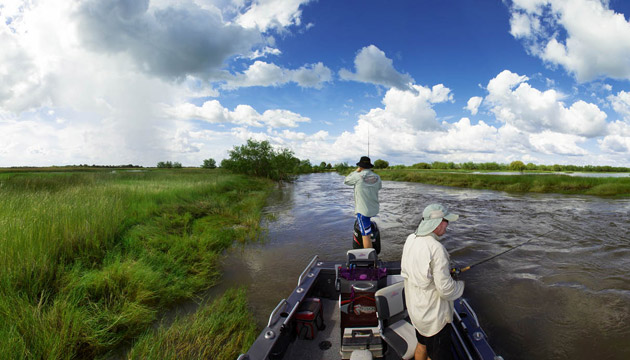After a comparatively dry wet season, barramundi fishing will be more of a challenge than usual in the Top End this year.
Story By David Hancock
At the end of a Top End wet season in March or April, freshwater runs off the coastal floodplains into rivers and creeks, taking with it an abundance of insects, plant life and newly spawned marine creatures – a veritable soup of life.
Waiting to devour this ‘soup’ is one of the region’s most voracious feeders, the barramundi. A little further up the food chain are saltwater crocodiles, which feast on the fish. They share the rivers with a growing number of anglers who recognise the run-off as not only the end of the wet, but also the start of the barramundi-fishing season.
The brilliant silver-coloured fish, which can grow to more than 1.25 metres and weigh more than 20 kilograms, is at its most active at the end of the wet season and is still lively right up to the end of the dry season in September. The barramundi has been revered in northern Australia for centuries – rock-art galleries in Kakadu National Park and Arnhem Land attest to the creature’s popularity with Aboriginal people. There, in all their glory, are huge paintings of barramundi that date back more than 10,000 years.
Fish such as barramundi and saratoga were a staple diet of coastal and river-dwelling people long before Europeans arrived. Instead of using rods and boats to catch the fish, Aboriginal people wove traps out of palm fronds and speared the fish in shallow water. As today, their only competition was the dangerous saltwater crocodile.
From his tackle shop in Katherine, 330 kilometres south of Darwin, Warren de With is well positioned to go fishing. He can either go west towards the mighty Victoria River, south-east to the Roper River or north to the coast and the South Alligator, Mary and Adelaide river systems. “Most anglers know that if you are not here at the right time you can miss the better part of fishing in the Top End, and the run-off is the most productive time,” Warren says. “Each week I get literally hundreds of calls from people wanting to know how the wet season is going so they can start planning their pilgrimage here.”
This story excerpt is from Issue #89
Outback Magazine: June/July 2013










